There are a lot of rules and guidelines that anyone with small or large forestry plantations need to understand.
These rules apply to plantation and permanent forestry. There will be different rules depending on the size and location of your forestry, including the type of planting, although generally most exotic forestry planting will require resource consent, while indigenous forestry is enabled.
Information on when you might need a resource consent, useful links, relevant dates and answers to frequently asked questions are contained on these pages. But you can contact the consents team at any stage if you are unsure.
- Plantation forestry will be a permitted activity where it is less than 10 hectares in area, and the setbacks are met.
- Permanent forestry will be a permitted activity where only indigenous species are planted, and the setbacks are met.
- Where a resource consent is required for plantation or permanent forestry, it is typically a restricted discretionary activity and the matters for discretion include effects on water quantity, effects on water quality, management of wilding trees, and effects on freshwater and freshwater ecosystems.
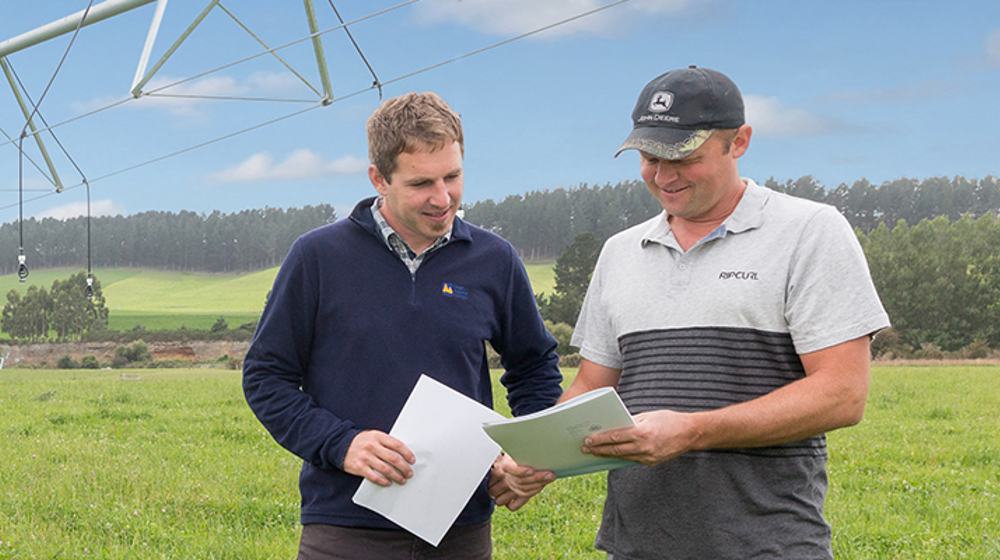
Consent enquiries
Our consent team is here to help you understand everything about resource consents, when you need one, what the rules are, and how to apply.
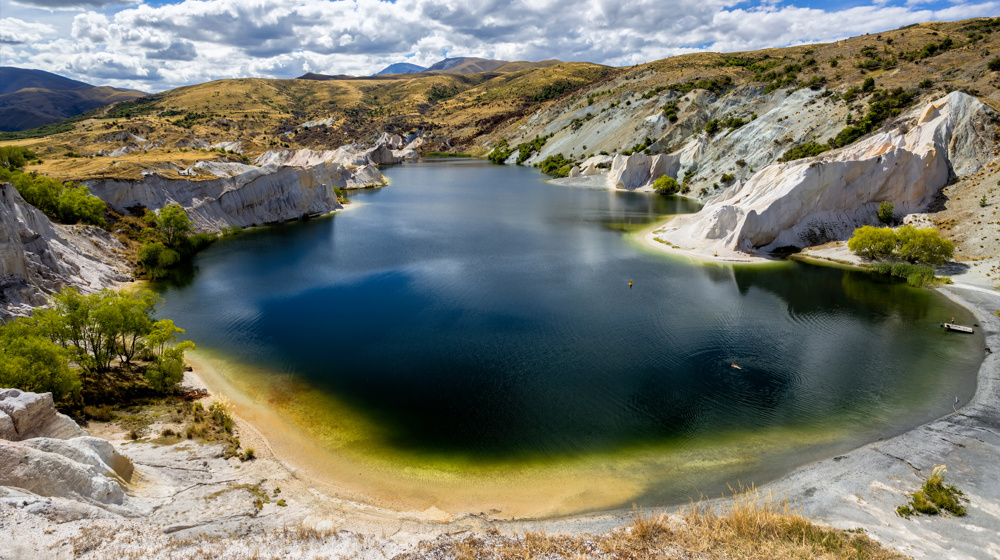
Email us
If you're ever unsure, contact our consent enquiries team who can help with consent information on 0800 474 082 or consent.enquires.orc.govt.nz
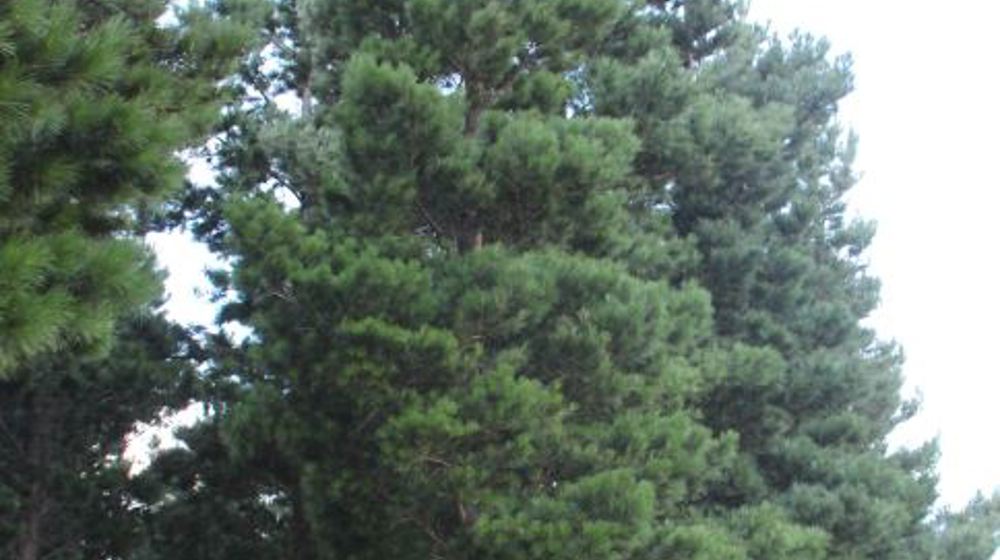
Forestry
The forestry sector is important to Otago's economy. However, forestry can have negative effects on our environment, especially water quality.
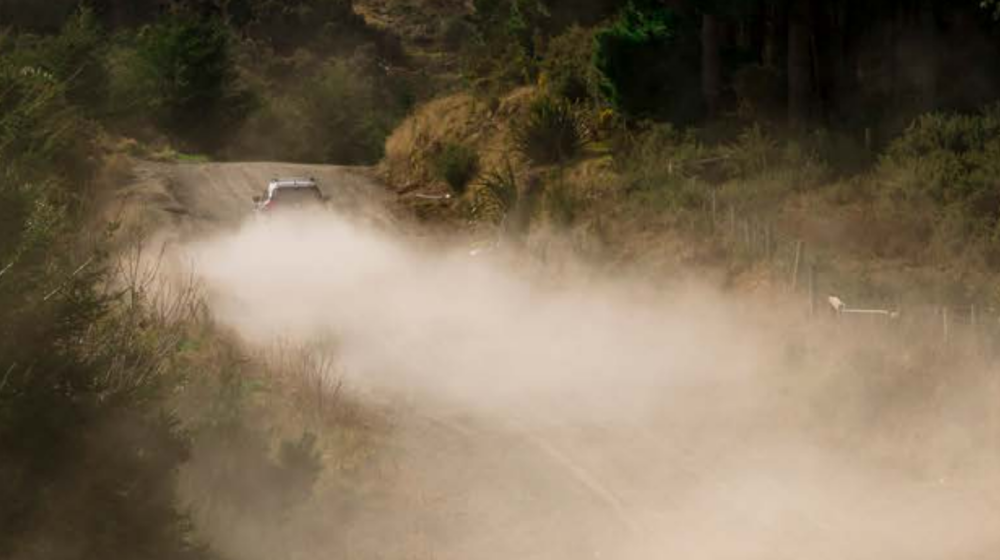
Dust suppression
Our road maintenance protects you from negative environmental effects, such as dust generation on unsealed roads.
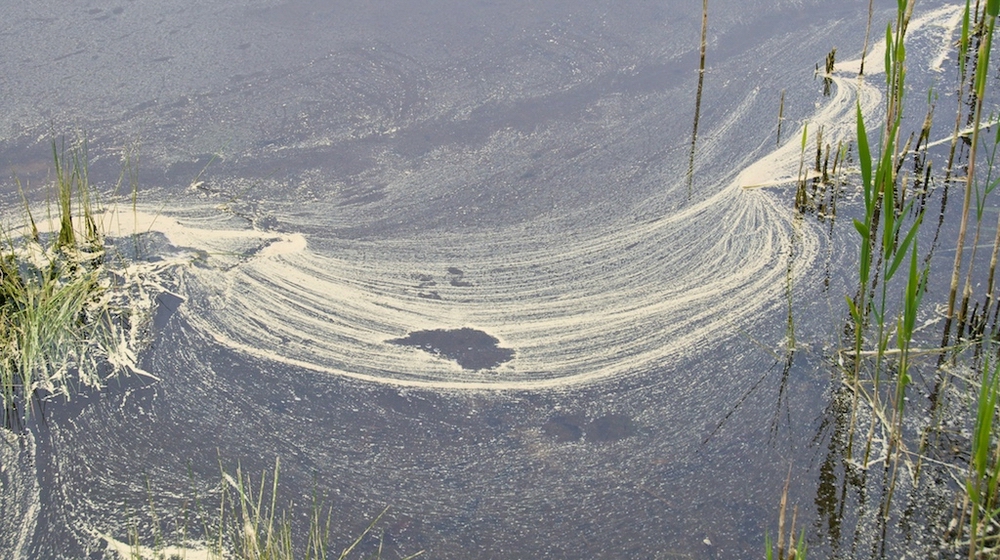
Dust
Dust can come from natural sources (like soil) and human-made sources (like industrial factories).
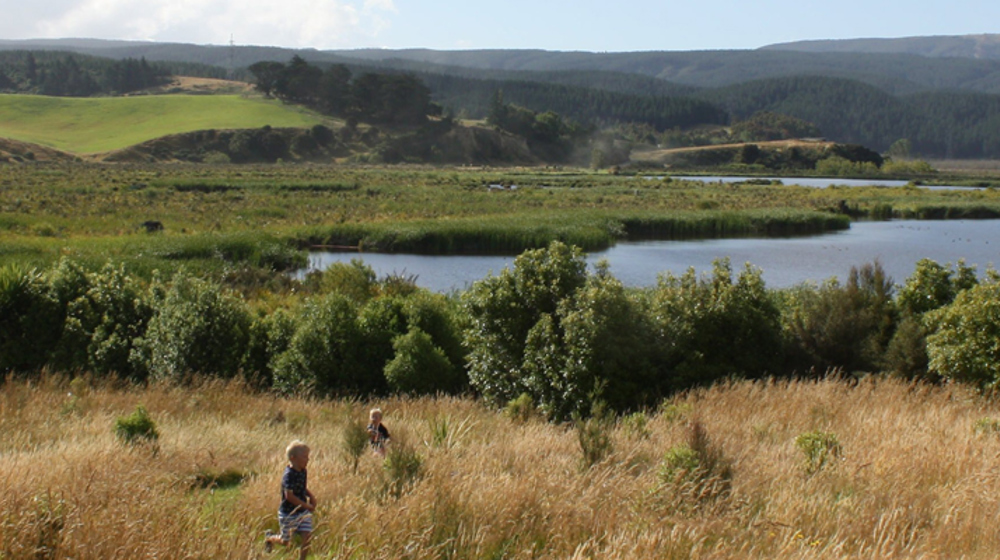
Doing works in or near wetlands
It is important to be aware of the national and regional rules when carrying out any activities in or near rivers, lakes or wetlands.

Working in and around rivers, lakes, and wetlands
There are both regional and national rules which that may apply to doing works in and around rivers, lakes, and wetlands.
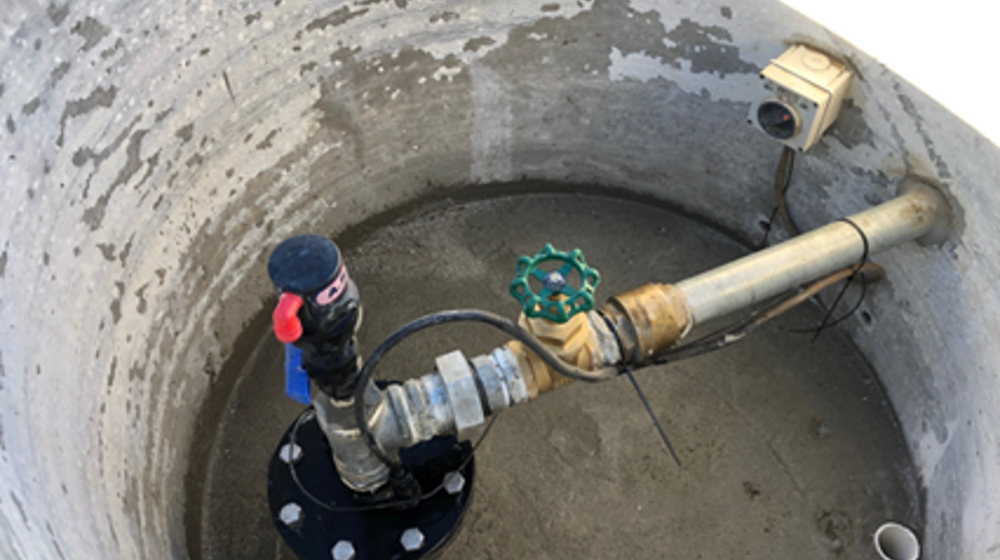
Private bore water supplies
Some properties source their water from private bores, tapping into underground aquifers. Protect your health by securing your borehead to prevent contamination and regularly test the water to meet NZ Drinking Water Standards.
9 December 2020
PDF | 244 KB
September 2021
PDF | 227 KB
This fact sheet educates about wetlands, including what qualifies as a "natural wetland" under national law. It offers guidance on activities like drainage and restoration and outlines relevant Water Plan rules. The aim is to help individuals manage and preserve wetlands effectively.
28 June 2023
PDF | 296 KB
May 2014
PDF | 471 KB
July 2023
PDF | 259 KB
This form is to be used for restoration of natural inland wetland activities that require consent. Vegetation clearance, earthworks or land disturbance and take, use, damming, diversion or discharge of water for restoration of natural inland wetlands
The Land and Water Regional Plan may bring about changes to areas that will affect developers. Some of these areas are listed below. Please join the newsletter mailing list or contact the consents team.
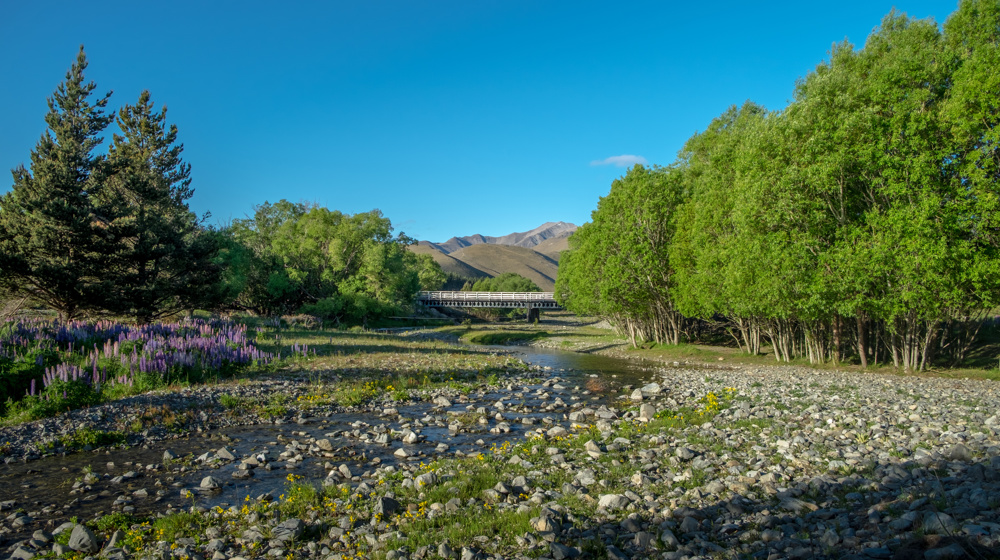
Applying the land and water plan to your activity
On this page you will find information about the changed rules and regulations relating to the Land and Water Regional Plan (LWRP).
add others
add the other areas from the Applying the land and water plan to your activity section
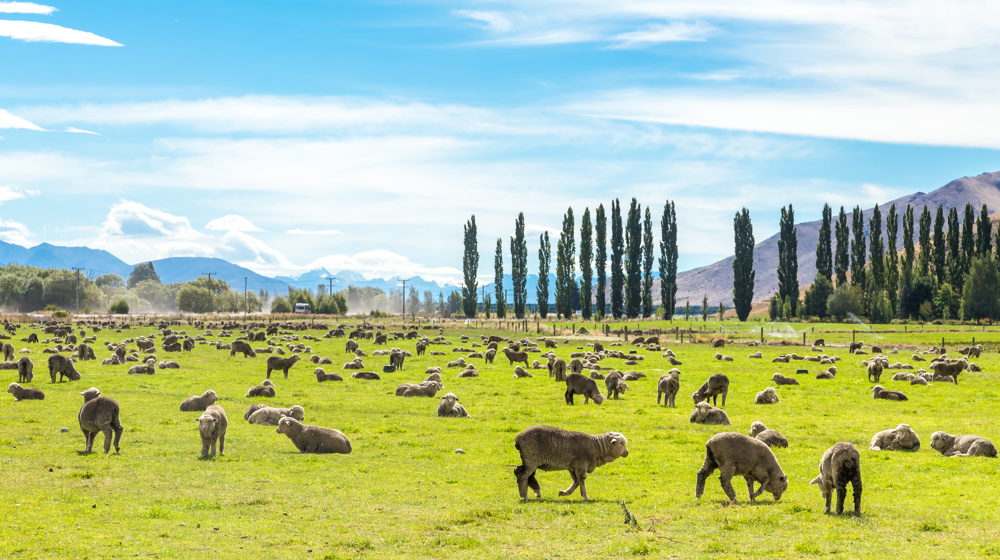
Primary Production
Managing farming activities and practices that are likely to impact water quality, and the planting of forestry.
July 2018
PDF | 108 KB
August 2020
PDF | 253 KB
Use this form to use land for and discharge of contaminants from conversion of land from plantation forestry to pastoral land use that require consent under the Resource Management (National Environmental Standards for Freshwater) Regulations 2020.

